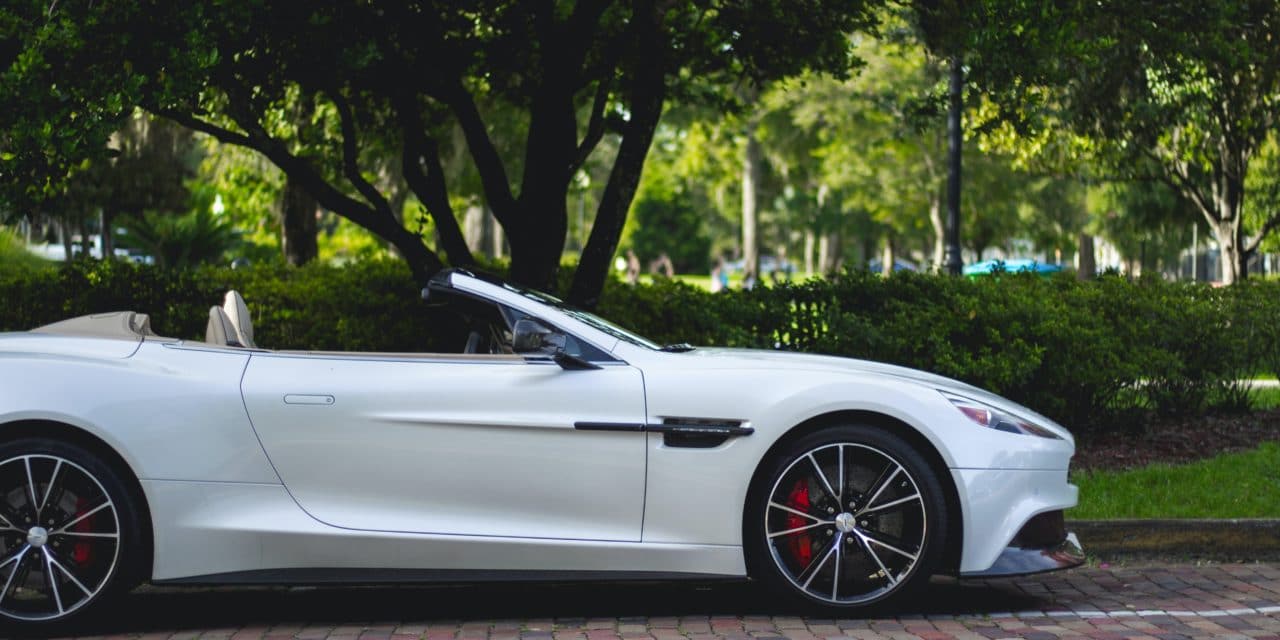[ad_1]
For most of its history Toyota Motor maintained a fairly traditional approach towards business fundamentals by hoarding cash and expanding slowly, but over the past decade it underwent a tremendous transformation. From a market-share and revenue-driven mass manufacturer, it became a lean, mean profit-making machine unafraid to tap into a US$30 billion war chest to take on GM and all other corners. Starting around 2003, Toyota Motor jettisoned its low-but-steady earnings philosophy in the passionate pursuit of profits. Consider that its operating profit margin rose from a mere 2% in 1993 to 8% in 2003 (then back down to 0.8% in 2009). That earnings trajectory closely mirrors the fortunes of the Lexus brand in the U.S.
The tectonic shift toward higher profit margin vehicles at Toyota Motor dates back, in large part, to a hush-hush board meeting at the company's headquarters in August 1983. At that top-secret session, Toyota Motor's top brass debated a car project so sensitive it was codenamed with an encircled letter F, or maru-efu (later known internally as the F1 program – no relation to the Formula One circuit). That nom de guerre was a nod to its make-or-break status as the company's (F for) flagship, No.1 vehicle. Chairman Eiji Toyoda posed a question to the august gathering of senior executives, designers, engineers and strategic thinkers – the Toyota Motor joint chiefs of staff. “Are we able to produce a luxury car to confront the very best?” he asked. To a man, the assembled generals of Toyota Motor's far-flung empire answered in unison: Yes – “A ‘yes' full of conviction. And more: Toyota must take on this challenge,” as the official Toyota history tells it.
In fact, however not everyone was sold on it from the start. Shoichiro Toyoda, the son of the company's founder and successor to Eiji as president and chairman, had some initial misgivings. He wanted to stick with what Toyota Motor did best – build cheap cars for the everyman. But Shoichiro, like most others who may have had initial misgivings, later changed his tune. “The question has been put to me that, with all of Toyota's success in the United States over the past 30 years, why did we spend billions of dollars, and invest thousands of man-hours in research and creative designs to launch a new line of elegant vehicles? Perhaps you have heard that I am not fond of riding in limos built by someone else,” he jokingly told a gathering of American dealers shortly after the debut of the first Lexus. “From here on, I no longer will have to ride in vehicles made by Cadillac or Lincoln or Mercedes-Benz.” Eiji Toyoda's controversial decision to move upscale ultimately hit the jackpot.
Not only is Lexus the most profitable division of Toyota Motor, one that auto industry analysts estimate accounts for up to one quarter of the entire company's annual earnings, it is one of Japan's most profitable export goods. As Fortune wrote with great foresight 20 years ago: “The inside tale of how Lexus came into being is rich in lessons for anyone who yearns to develop up-market products.”

